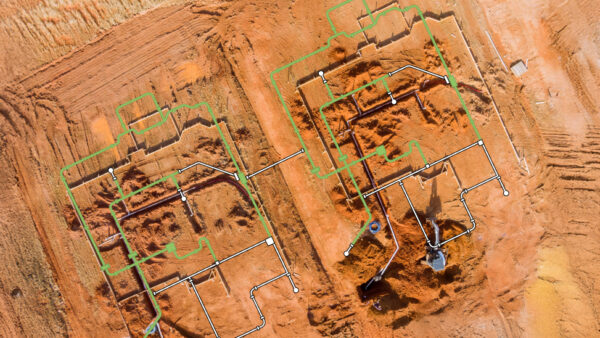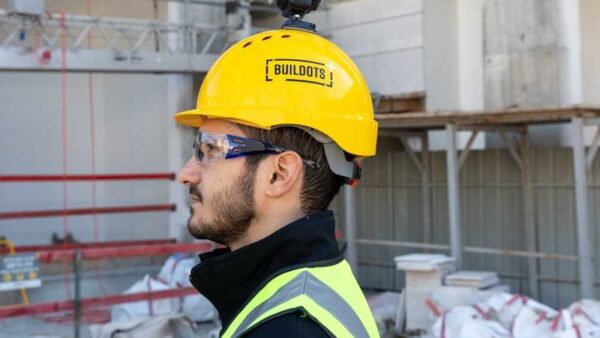In the third part of our interview with the inventor of COBie, Dr Bill East, he addresses obstacles for the delivery of COBie by contractors and how to overcome them.
Why are some contractors having trouble with COBie?
One lesson I learned in my 30-plus years creating and operating information technology systems for the US government is that the introduction of a new, highly-efficient process highlights the wastefulness of current practice.
Today, construction handover information is an afterthought. Interns are sent to file rooms to copy or scan and collate already collected information. Skilled employees crawl through buildings to capture installed equipment information. The resulting boxes of paper or disks are delivered is but rarely checked and probably not used.
The proof that all this effort is worthless is highlighted in the practices of one of the major US federal government agencies. That agency begins the operational phase of a building by paying to re-collect the exact same information. The warranties on most buildings are voided because it takes man-years to manually manage the necessary preventative maintenance requirements.
Why are contractors having problems with COBie? Because fixing construction handover requires contractors to acknowledge that the existing handover process is broken – and then to do something about it. Most are content to repeat the mantra “we’ve just always done it this way”.
How does COBie fix this?
Every bit of data in COBie already exists in paper or electronic documents produced by contract or convention on every building project. Let’s take the example of an approved product’s manufacturer, supplier, and model number. In every industrialised country, the information is written down and approved or acknowledged before purchase.
Different countries, contract types, or owners will have different forms or someone different doing the approvals, but the information is the same. A COBie-based contract administration process captures this information during the product approval process. I call this process “lean-handover”.
What are the benefits to capturing COBie during construction?
The end-of-project “job crawl” to collect installed equipment data can be eliminated. The cost of system commissioning can be reduced. There is no need to hire that intern to recreate handover information from the project files.
Contractors can deliver handover information prior to building occupancy, speeding contract closeout. The owner can begin operating their building according to warranty requirements as soon as they take occupancy.
Saving even a portion of these costs more than makes up for having someone show a contractor how to do this for themselves.
Why aren’t more contractors implementing COBie in this way?
Today’s margins include inefficiencies built into “standard” business practices. Unless there is a contract requirement or government mandate, there is little incentive to change. I’ll give you two examples.
I had one contractor ask me, “Why would I want to reduce my fees?” Early adopting contractors can reduce their costs, but not their bid price until their peers catch up. Over the longer term, as more contractors adopt lean-handover practices, the early adopting contractor will still be more profitable because their people are more productive.
I had a construction company executive explain that they wouldn’t use COBie because, “I’ve already paid for the college intern, I have to give them something to do.” In answer to this, I asked how long would that employee work for his company? If it were me, the answer would be “until the first opportunity comes along”.
What role does BIM have to play in COBie for construction?
A high-quality design BIM can boot-strap COBie at the start of construction. As you have seen from my recent books about delivering COBie using Revit and ARCHICAD, I am working to improve the quality of design BIM data.
Those following our best practices can consistently deliver COBie information matching contract documents. Most owners are, however, not checking the quality of their COBie design deliverables so it falls to the contractors to fix the data.
To be perfectly honest, given the poor quality of most design BIM files I receive, takes less time for me to develop COBie from high quality CADD or PDF drawings than to fix the data in BIM files.
To efficiently collect construction handover information, we need “Better Information Management” not “Building Information Modeling.” In fact, COBie data can be collected and managed by transforming construction contract administration forms and processes. This will be the subject of a future book on COBie and Construction.
For more information go to COBie Resources. Many of the technical reports and publications on my CV are available free of charge. For those who want to become their company’s COBie expert, I recommend my COBieAcademy.com. Find our design best practices here.
Read the other interviews in this series

Why are contractors having problems with COBie? Because fixing construction handover requires contractors to acknowledge that the existing handover process is broken – and then to do something about it. Most are content to repeat the mantra ‘we’ve always done it this way’.– Bill East














